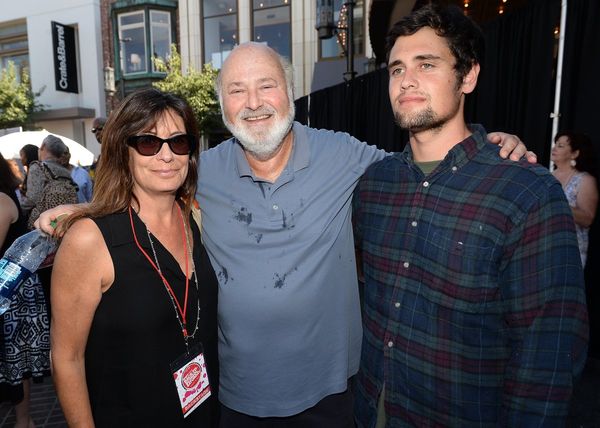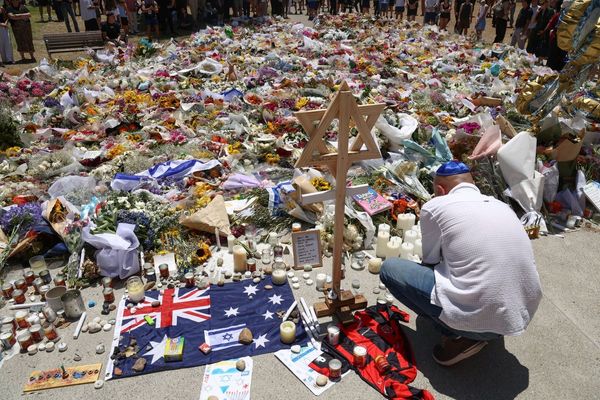
Hydrogen fuel cell cars (aka FCV or FCEV), an alternative zero-emission solution to battery electric cars (BEV), are struggling in California and remain basically absent in the rest of the United States.
According to the Hydrogen Fuel Cell Partnership's data, during the fourth quarter of 2022, 720 new hydrogen fuel cell cars were sold in the US, which is 20 percent more than a year ago.
The Hydrogen Fuel Cell Partnership's FCVs sales data comes from Baum and Associates. "Sales data is based on car sales sold by a dealer to a retail or fleet customer".
However, let's not be confused by this single positive result, as the previous three quarters were down year-over-year.
Moreover, with just two models available in California - the Toyota Mirai and Hyundai Nexo (there is no longer the Honda Clarity Fuel Cell in the game) - the potential for growth is very limited.
As we can see below, most of the sales in Q4 were Toyota Mirai (657), which means that the Japanese manufacturer dominated the hydrogen fuel cell niche.
Sales in Q4 2022:
- Toyota Mirai - 657 (up 82%)
- Hyundai Nexo - 63 (down 57%)
- other models - 0 (down 100%)
- Total: 720 (up 20%)
* Mirai and Nexo sales as reported by the manufacturers
Hydrogen Fuel Cell Vehicle sales in the US - Q4 2022

If we take a look at the full-year results, it turns out that hydrogen fuel cell car sales decreased in 2022 by 19 percent year-over-year (from a record level of 3,341 in 2021).
In terms of models - all are down year-over-year, and as far as we know, nothing new is coming in 2023.
Sales in 2022:
- Toyota Mirai - 2,094 (down 20%)
- Hyundai Nexo - 408 (down 5%)
- other models - 205 (down 27%)
- Total: 2,707 (down 19%)
* Mirai and Nexo sales as reported by the manufacturers

The overall cumulative number of FCVs amounted to nearly 15,000 units - over the period of 11 years (since 2012), including over 11,000 Toyota Mirai.
The fleet is now 22% larger than it was a year ago (not including vehicles removed from use), but considering the millions of battery-electric vehicles sold during those years, it seems that there is no hydrogen revolution.
As usual, the comparison between FCV and BEV sales results only adds to our skepticism related to FCVs, which have a variety of issues (price of the car, overall energy efficiency, and lack of refueling infrastructure to name the three major ones, plus the limited number of models and limited geographical availability - basically only California).

Refueling infrastructure
As of December 15, 2022, the number of open retail hydrogen stations in California stood at 53 (at the end of January 2022, there were about 48 units):
- Open - Retail: 53
- Open - Legacy Retail: 0
- Currently Unavailable: 9
- In Construction: 9
- In Permitting: 23
- Proposed: 7
- On hold: 5
- Total (Light Duty): 106
See the full list of hydrogen infrastructure here.
A quick calculation reveals that there are over 280 cars per single station (cumulative sales divided by the number of open retail stations). Although, it might be less if some of the early cars have been removed from service.







